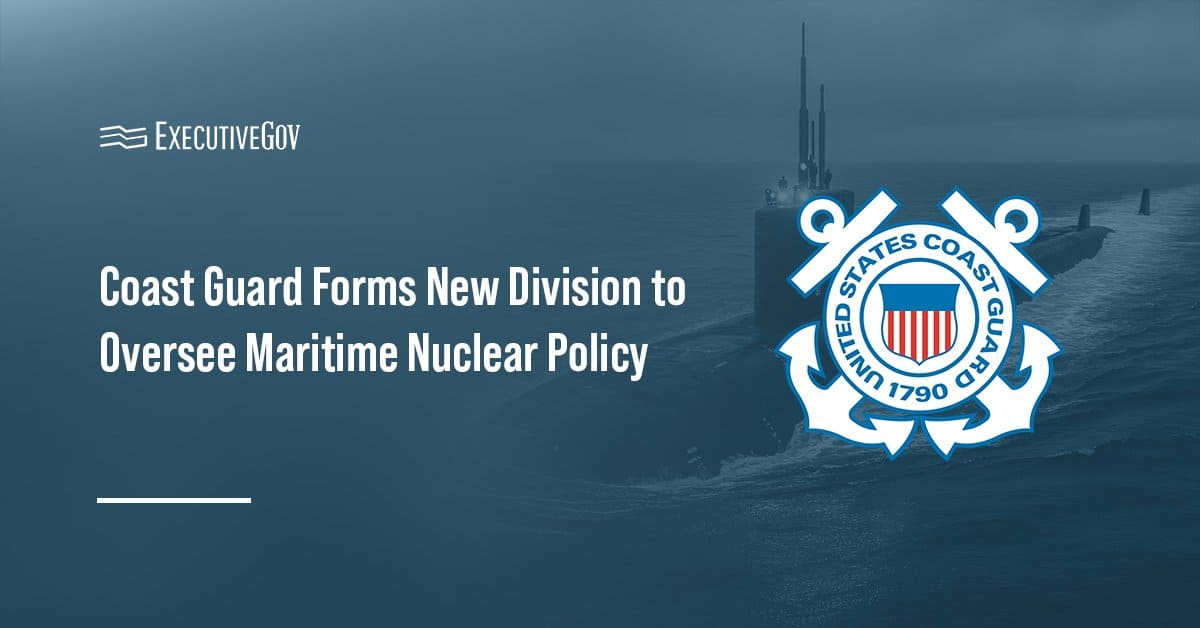 The U.S. Air Force‘s Hill Air Force Base have launched routine four-ship combat training missions using the F-35 Lightning II to practice evasion maneuvers against simulated threats.
The U.S. Air Force‘s Hill Air Force Base have launched routine four-ship combat training missions using the F-35 Lightning II to practice evasion maneuvers against simulated threats.The Air Force said Monday pilots from the 388th and 419th Fighter Wings teamed up and used the F-35’s computer network to identify and jam “enemy” radar and eliminate targets from an altitude of 40,000 feet.
Lt. Col. George Watkins, 34th Fighter squadron commander, said the four-ship configuration is standard for real-world combat and pilots will train to respond to surface-to-air threats in contested environments.
Hill AFB looks to house three operational F-35 squadrons with 78 aircraft by 2019 to be operated and maintained by the 388th and 419th FWs, the Air Force said.
According to the service branch, the FWs are targeting to reach initial operating capability to prepare the F-35s for combat missions.





